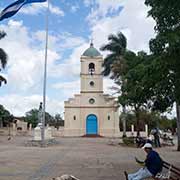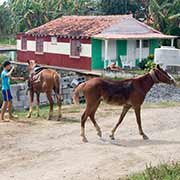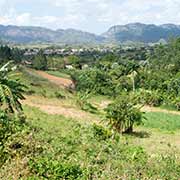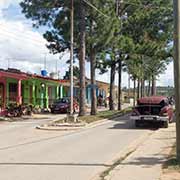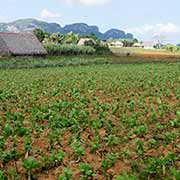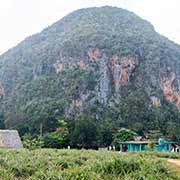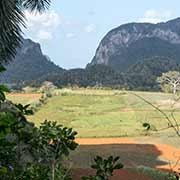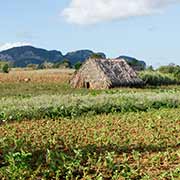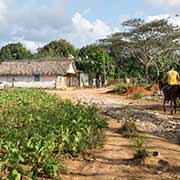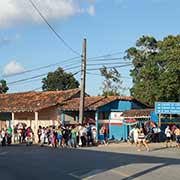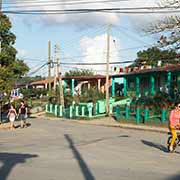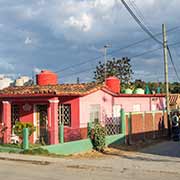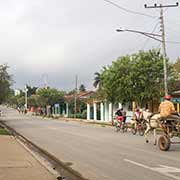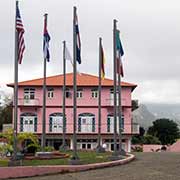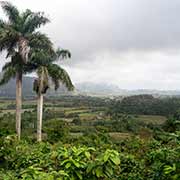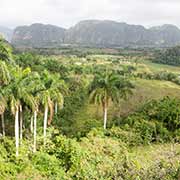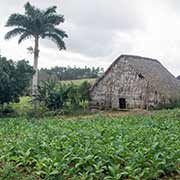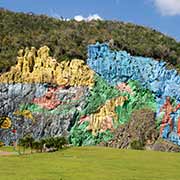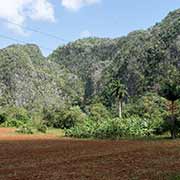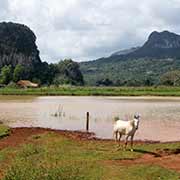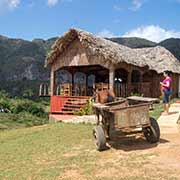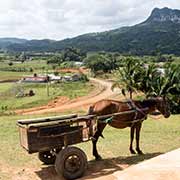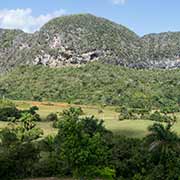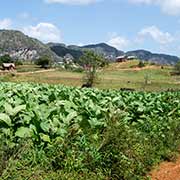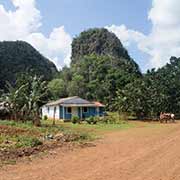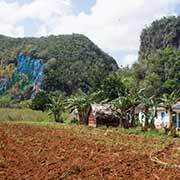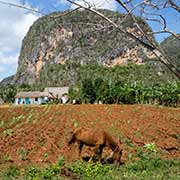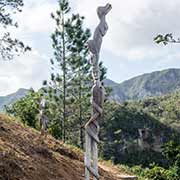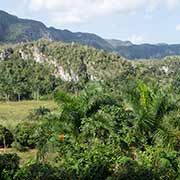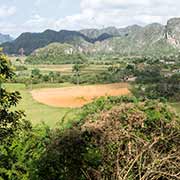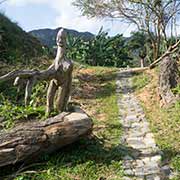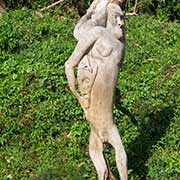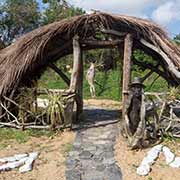Photos of Viñales Valley, a living cultural landscape, Cuba
Viñales Valley, a living cultural landscape
Viñales, in north-central Pinar del Río Province, is a small town dominated by the Sierra de los Órganos, low mountain ranges of the Cordillera de Guaniguanico. Before European settlement, the area was home to remaining Taíno native people and runaway slaves. It was colonised in the early 1800s by tobacco growers; tobacco and other crops are cultivated on the bottom of the valley, primarily by traditional agriculture techniques and famous Cuban cigars are manufactured here.
you may then send it as a postcard if you wish.
North of the town is the Viñales Valley, a UNESCO World Heritage Site in the Sierra de Los Órganos mountains. Mogotes, conspicuous limestone cliffs up to 300 metres tall, rise like islands from the bottom of the valley. Many caves dot the surrounding hill faces, like Cueva del Indio (Cave of the Indian) and Cueva de José Miguel. It is a major tourist destination offering hiking and rock climbing.
The giant Mural of Prehistory, 120 metres high and 160 metres in length, is painted on a slope of the Mogote limestone cliff called Pita in the valley of Dos Hermanas. It displays the evolution of natural life, men and animals in the Sierra de Los Órganos in Cuba. The artist was Leovigildo González Morillo, Director of Cartography of the Academy of Sciences of Cuba. It features Guanahatabeyes Indians who used to live here, species of mammals, gigantic animals, and some molluscs.



